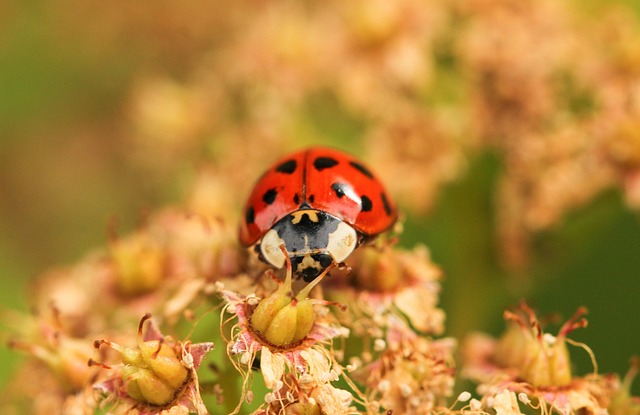Understanding the Threat of Invasive Tree Species
In an era where climate change and environmental degradation are at the forefront of global discourse, it’s imperative to shine a light on the often-overlooked culprits of these pressing issues: invasive tree species. These non-native flora not only disrupt local ecosystems but also contribute significantly to deforestation and global warming.
The Disruption of Ecosystems
Invasive tree species often outcompete native plants for resources such as sunlight, water, and nutrients. This domination can lead to a significant decline in biodiversity, as native species struggle to survive. The replacement of diverse habitats with monocultures of invasive trees diminishes the resilience of ecosystems, making them more susceptible to pests and diseases. The alarming reality is that as we lose these native plants, we also lose vital habitats for countless wildlife species that rely on them for nourishment and shelter.
Deforestation and Climate Change Connection
Deforestation, often a direct result of the spread of invasive species, has profound implications for climate change. Trees play a crucial role in sequestering carbon dioxide, a major greenhouse gas. When invasive trees proliferate and lead to the removal of native trees, we inadvertently release large amounts of this carbon back into the atmosphere. Every tree removed from a forest is a lost opportunity for biosequestration, thereby exacerbating the climate crisis.
Invasive Trees and Soil Degradation
The impact of invasive tree species goes beyond just carbon emissions. They can severely affect soil quality and stability. Native trees contribute to a balanced ecosystem by maintaining proper soil health and structure. Invasive species, on the other hand, can lead to soil erosion and degradation, reducing the land’s overall productivity. As soil quality deteriorates, agricultural activities become more challenging, threatening food security in the long run.
Restoration Efforts and Community Involvement
The fight against the threat of invasive tree species must be a collective effort. Community awareness and involvement in restoration projects can foster a deeper connection to the environment and our role in preserving it. Local initiatives focused on the removal of invasive species and the replanting of native trees can help restore ecosystems and mitigate the adverse effects of climate change.
Future Directions
Addressing the issue of invasive tree species requires not only immediate action but also sustained commitment to conservation. Governments, environmental organizations, and communities can work together to create robust policies aimed at managing invasive species and protecting vulnerable ecosystems. By focusing on education and promoting ecologically responsible practices, we can pave the way for healthier environments and a more sustainable future.
In the end, it is crucial to recognize that invasive tree species pose a real threat to our planet’s health. By understanding the implications of their presence, we can make informed decisions that will lead us toward a more balanced and harmonious relationship with our environment.




